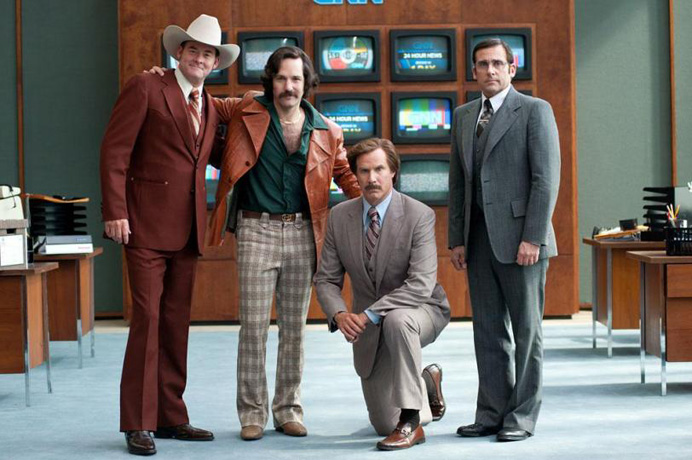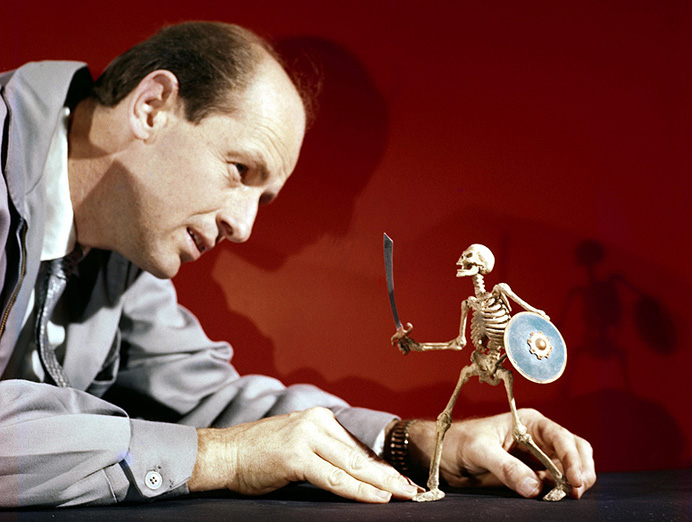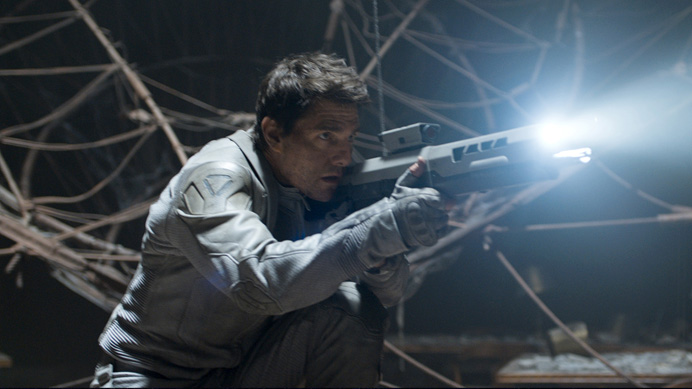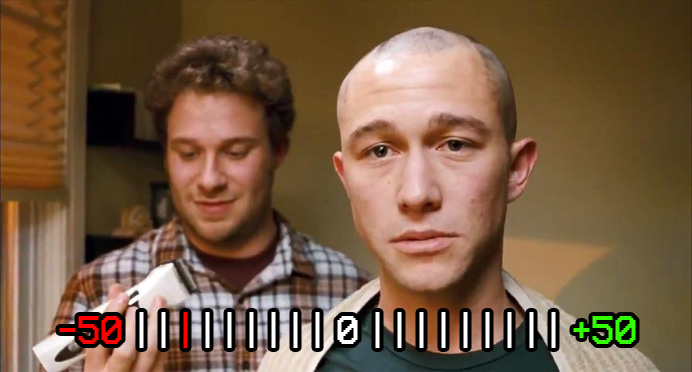
Anchorman 2: The Super-Sized R-Rated Cut (2014)
Directed by Adam McKay
Written by Will Ferrell & Adam McKay
143 min. (24 min. longer than the original cut)
We’ve all read Greg’s great review of Anchorman 2. He breaks the film down on a mechanical level, getting to the heart of it by working through its raw material: its jokes.
It’s this raw material which has been replaced in this new version.
This isn’t the first time an alternate version of a film has seen theatrical release. Exorcist II and Heaven’s Gate were notoriously pulled from theaters and recut. I remember seeing The New World in New York in 2005, and when it got a wide release a few weeks later, it was about 10 minutes shorter. But unlike these films, the reason for Anchorman 2’s recutting is not because there was something ‘wrong’ with the original—the filmmakers here simply wanted to experiment with the possibilities of cinema.
This isn’t the first recut of an Anchorman movie. Wake Up, Ron Burgundy is an alternate cut of the first Anchorman, which Greg touched on in his review (and which we saw together after acquiring it from the wonderful and unfortunately long gone Kim’s Video of Bleecker Street). It was a direct-to-DVD release, and featured many different jokes, but the main difference was its integration of a completely discarded plot that revolved around a revolutionary terrorist cell robbing banks in San Diego (which was clearly deemed unsatisfactory, and reshot as the Panda Watch section of the original film). The film tries to weave a half-assed narrative out of these scraps, using some leftover jokes as the glue.
The new version of Anchorman 2, however, is not at all different in terms of plot. In fact, beat by beat, it’s the same. If you’re someone who only half-watches movies, you’d be forgiven by some for not thinking anything was different—but you wouldn’t be forgiven by me. The fabric of Anchorman is its jokes, and now, for once, the emperor really does have new clothes.
We may lose a couple great jokes from the original cut, replaced by weaker ones, but these weaker ones often serve as necessary setup for three great new ones that couldn’t have fit in otherwise. In any case though, it’s futile to compare and rate the jokes. Instead what is important and worthy of discussion is the space these jokes occupy. By this I mean the entire philosophical concept of switching one joke for another.
Continue reading A Philosophical Examination of ‘Anchorman 2: The Super-Sized R-Rated Cut’



